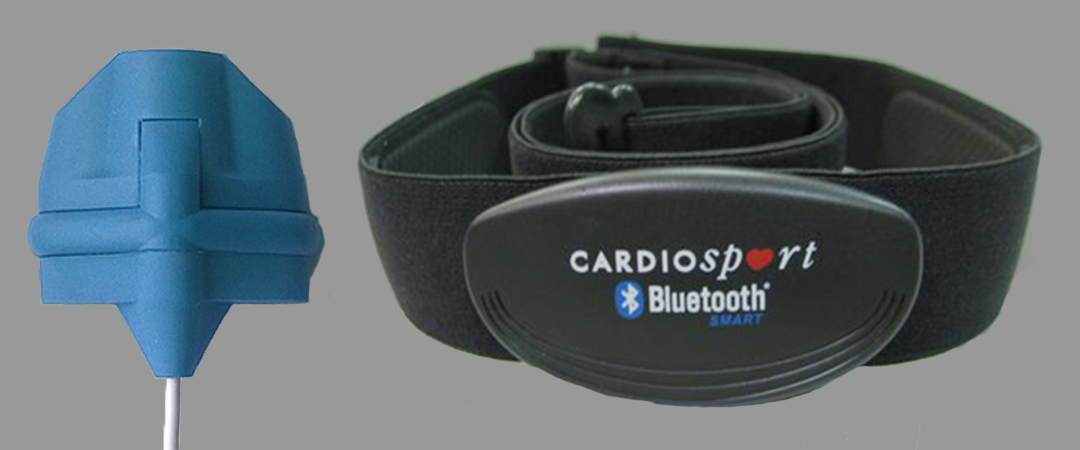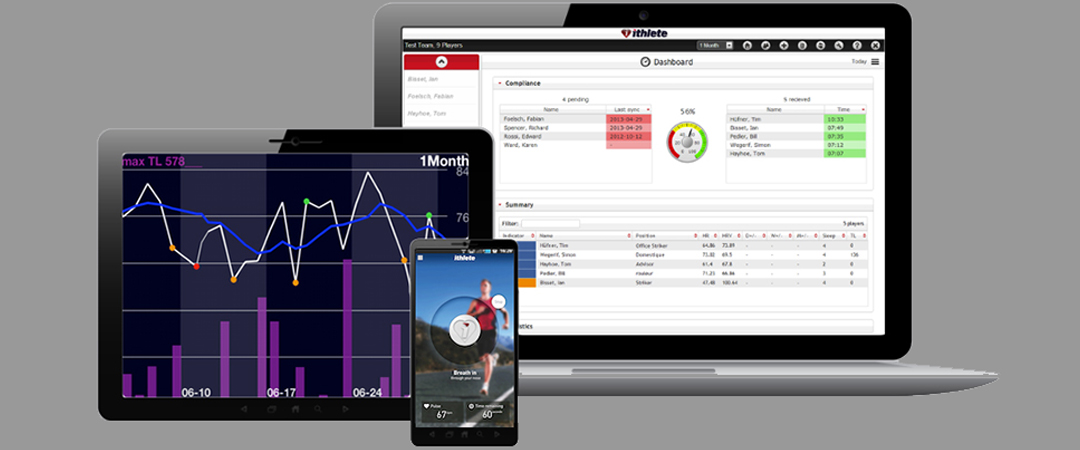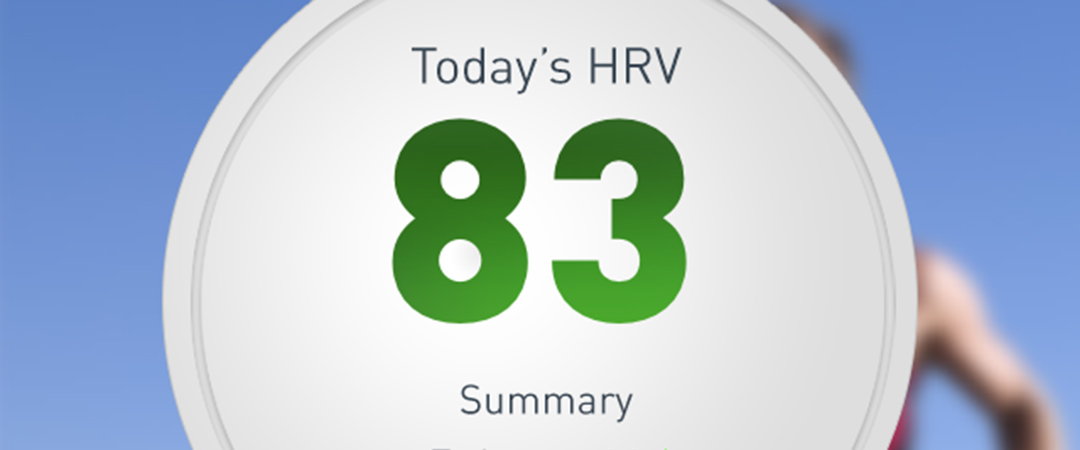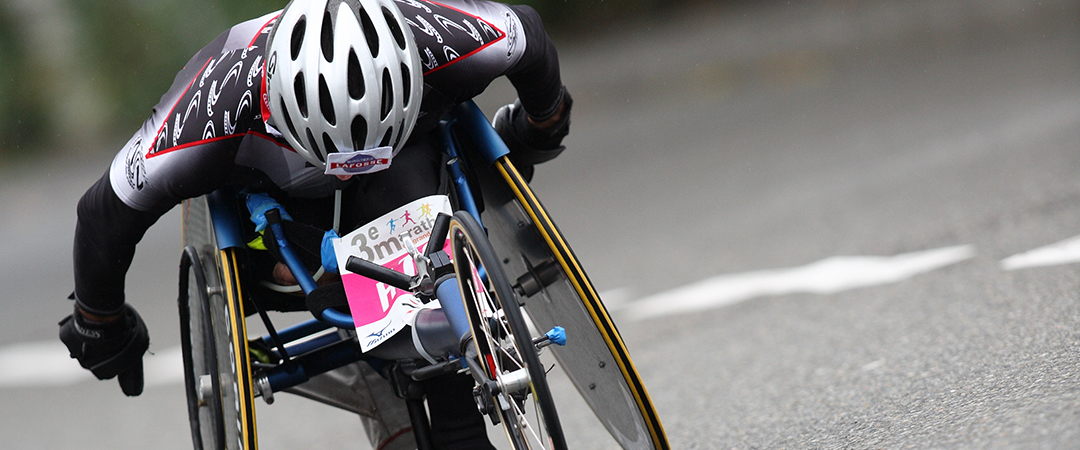The ithlete blog
Welcome to the ithlete blog, the central place to get the latest company news, read real user stories, get our take on heart rate variability news and research, get top tips on using ithlete and share your thoughts.
If you are looking for something in particular you can use the category sections, popular tags or the site search bar to jump right to what you need.
Featured post
No Results Found
The page you requested could not be found. Try refining your search, or use the navigation above to locate the post.

HRV guides trained cyclists to new performance highs
Who, what & why In a previous post we covered studies that show using HRV to be significantly better than a standard training program in improving the performance of club and recreational runners. Now, a new study by researchers from the Universities of Alicante...
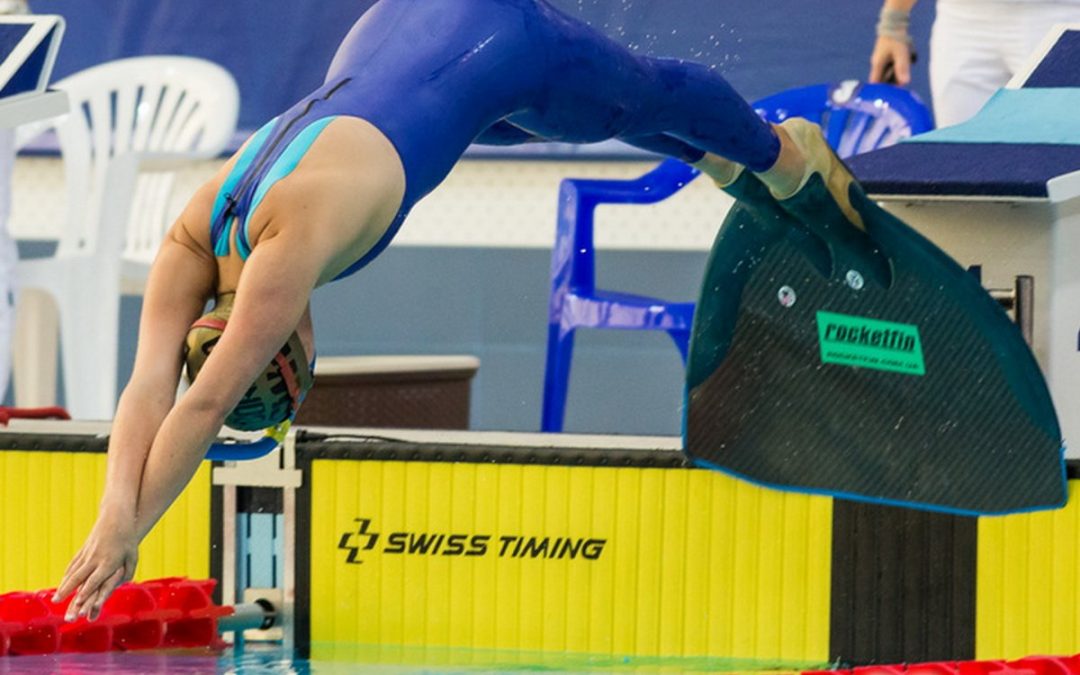
What position to take your HRV – lying down or standing?
Who, what & why? It's a question we get asked a lot at ithlete: should I take my morning measurement lying down in bed, or standing up? Our response has always been that if you have a low resting heart rate (less than 55 bpm), then you should be doing the reading...
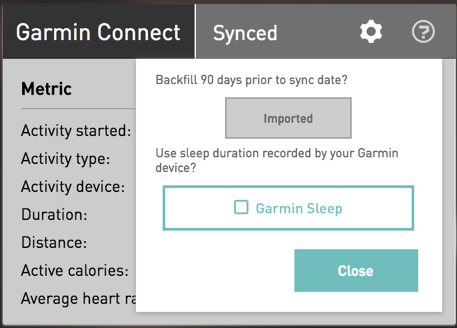
Recording and importing Sleep into ithlete Pro
As athletes, sleep is our No1 recovery enabler. Examples of comments we get from new ithlete HRV users are ‘my morning HRV is nearly always good so long as I’ve slept well’ and ‘that extra glass of wine made me sleep poorly, which affected my HRV and recovery the next...

HRV response to breathing thin air
From a practical perspective, measuring your HRV at altitude and comparing to HRV at sea level can show how sensitive you are to the effects of altitude, and that if you are an elite level endurance athlete, you may be more sensitive than mere mortals! Here is the research.
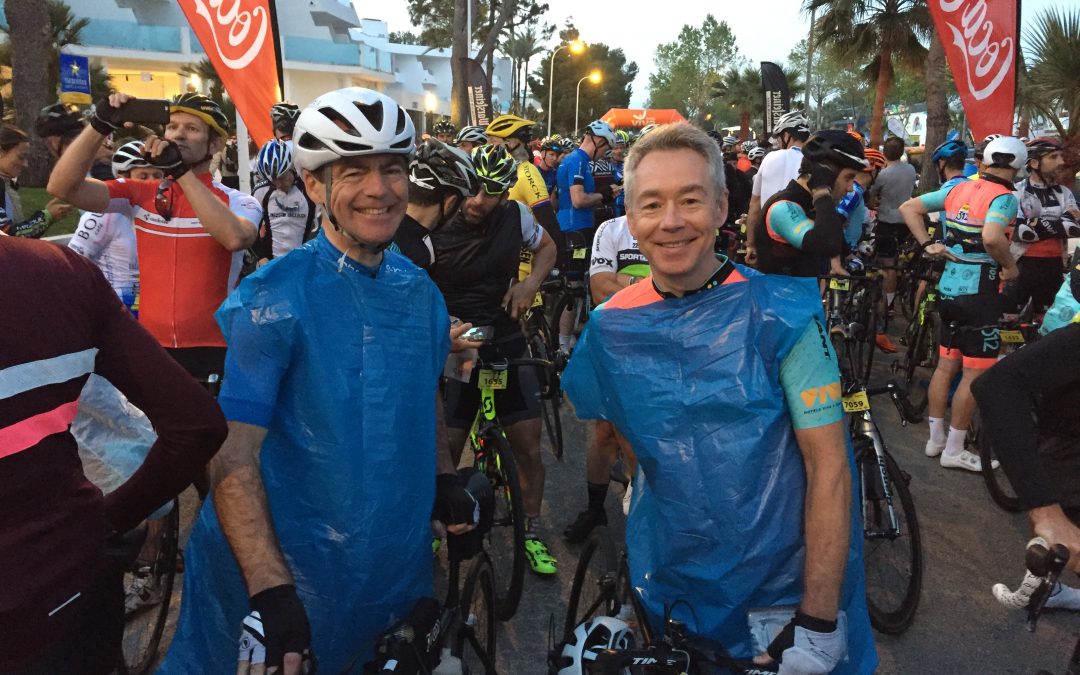
HRV response and other lessons from a long Gran Fondo
As some readers will remember, two years ago I prepared for the Mallorca 312, the longest (and possibly best organised) Gran Fondo cyclosportive event in Europe. Last weekend was the third time I have done it, and my target was to beat the previous two years' times....

Data collection with elite athletes – the challenges and recommendations
When friends told me that data collection was the hardest part of a dissertation, I didn’t believe them. However, trying to get 20 rugby players to collect HRV data as soon as they woke up every morning was definitely challenging.
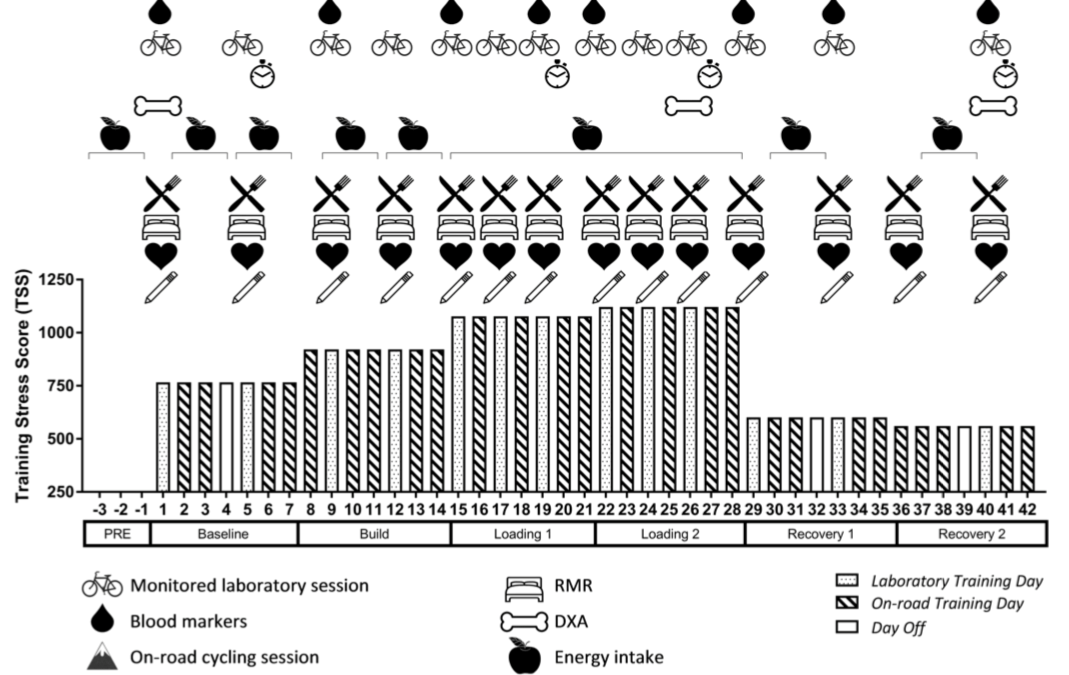
The effects of overreaching on trained cyclists
Most endurance athletes are familiar with the term ‘overreaching’. That’s when you do high volumes of intensified training to cause supercompensation. But what actually happens to your body and what measures can you use to identify when overreaching has gone too far and become unproductive?
Simon Says – daily actionable ithlete Pro guidance
“Simon Says” ™ is a new, exciting addition to ithlete Pro that does all the heavy lifting of interpreting your recovery metrics and delivers them in a short paragraph that can be read and understood in just a few seconds.
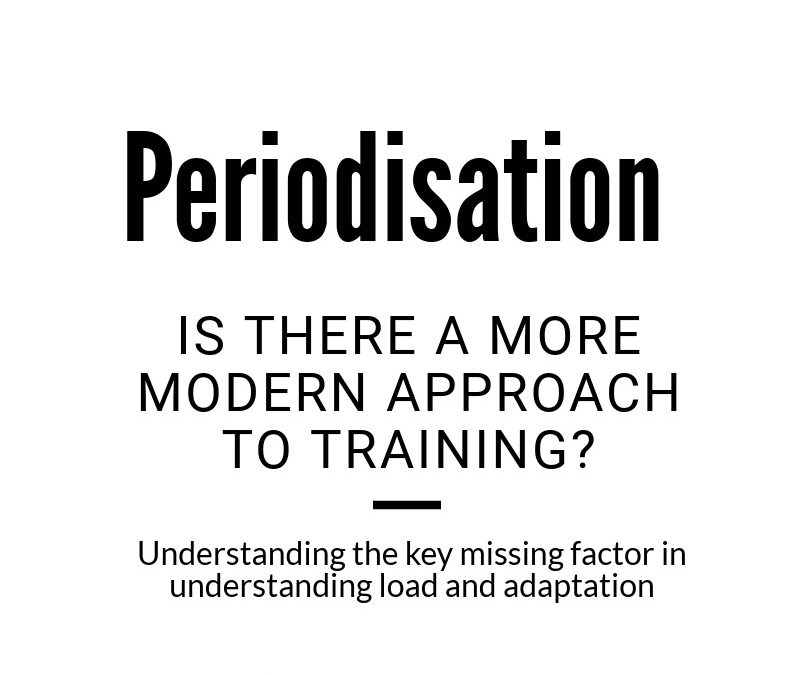
Periodisation – is there a more modern approach?
Periodisation refers to the alternation of loading and de-loading phases within training, balanced with periods of recovery in order to produce supercompensation – the magic by which the athlete’s performance improves.

Notes from a high-volume cycling training camp
Simon Wegerif shares his experience and tips following this years week long cycling training camp in Tenerife in the Canary Islands. The excellent paved roads extending from sea level to the main crater of Mt Teide at 2100m give continuous climbs of 18 – 48 km i.e. some of the longest in Europe.
Discussion with a customer, a useful read for all
This recent email exchange between a customer and ithlete founder Simon Wegerif discussed several interesting and useful points. So, with the customer’s permission we are sharing it as a blog post.

HRV as a measure of recovery in US College Football Players in-season
This study followed one looking at changes in HRV during preseason training camp and was designed to assess HRV changes during the early part of the competitive season to see whether the same effects on different positions occurred to the same extent.
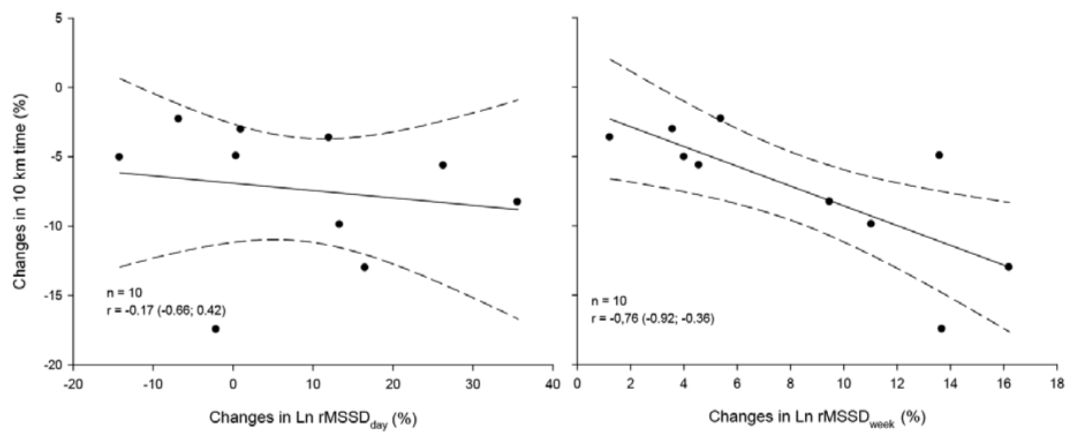
Monitoring adaptation to training with HRV – what’s the best metric?
Athletes and their coaches are always looking for reliable, convenient ways to monitor how well their training is going and performance gains its producing. We know that morning HRV measures are affected by training programmes, but what should we look for to be effectively monitoring adaptation?

HRV: It knows me better than I know myself
By Coach Laura Henry I started taking daily Heart Rate Variability (HRV) readings last February when my coaching company, Team MPI, partnered with ithlete. I hadn’t ever heard of HRV before, and I was curious to see what it was about. I was interested in learning...
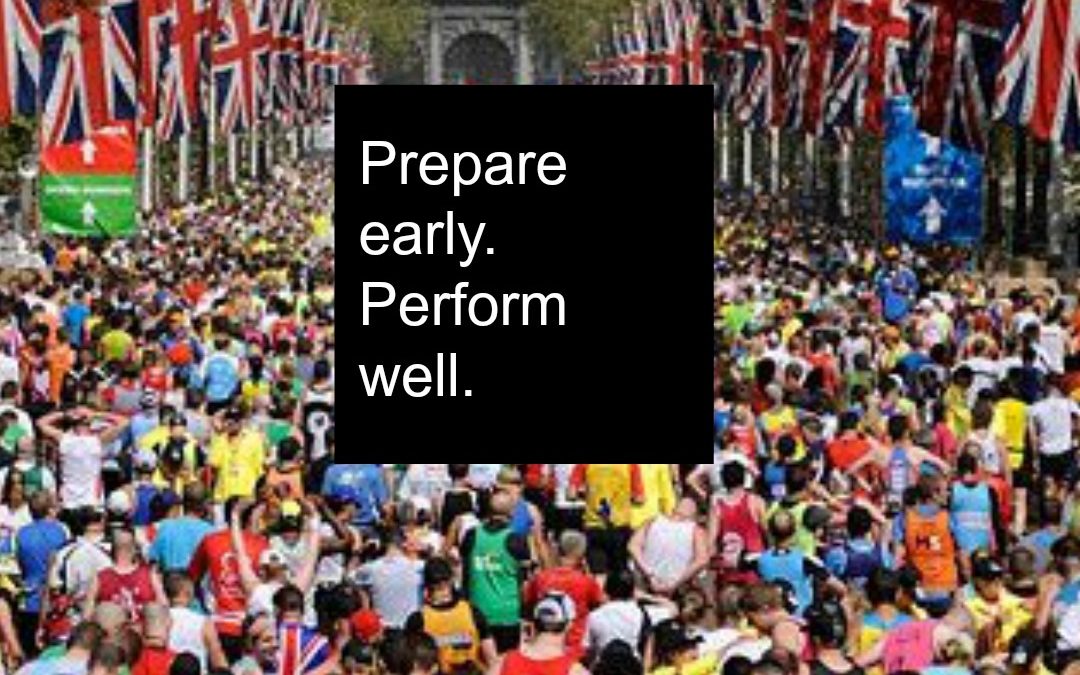
How to use HRV for marathon training
The build-up to a marathon is a big commitment. Most people train for 12-15 weeks (3 months). Generally, training plans suggest you should be running 5 times each week with 2 rest days spaced between. But how do you schedule these runs and rest days for optimum benefit?
Want to know more about ithlete?
Follow these four easy steps to get started with ithlete today!
Choose a heart rate sensor
To measure heart rate variability (HRV) with ithlete you’ll need a heart rate sensor. You have the option to use an ithlete finger sensor or chest strap monitor. If you have a recent iPhone, iPad or Android device you may like to use our Bluetooth Smart chest strap monitor, or alternatively grab a Polar type analogue strap (we also offer one of these) and an ithlete ECG receiver to pick up the signal. Visit the ithlete store to find your preferred sensor.
Download the ithlete app
ithlete is available on both iOS and Android devices and can be downloaded from the App Store or Google Play. If you do want to check your model of smartphone or tablet is compatible check our FAQ page.
One minute daily measurement
After waking each morning relax and sit comfortably, slip on a chest strap or finger sensor and follow the on screen instructions to get an accurate reading of your heart rate variability. Taking the measurement couldn’t be simpler and in 60 seconds you will have a personalised training recommendation for the day.
Reap the benefits of training with ithlete
The idea is quite simple. Training is all about stress and recovery. A hard session, lack of sleep, mental stress etc. will lower your number. If your reading drops significantly, take this as an early warning that you are overloading the system. On the other hand a high score lets you know you should make the most out of the day. Benefits of this include avoiding overtraining, workout optimisation, guilt free rest days, improved performance and much more!

